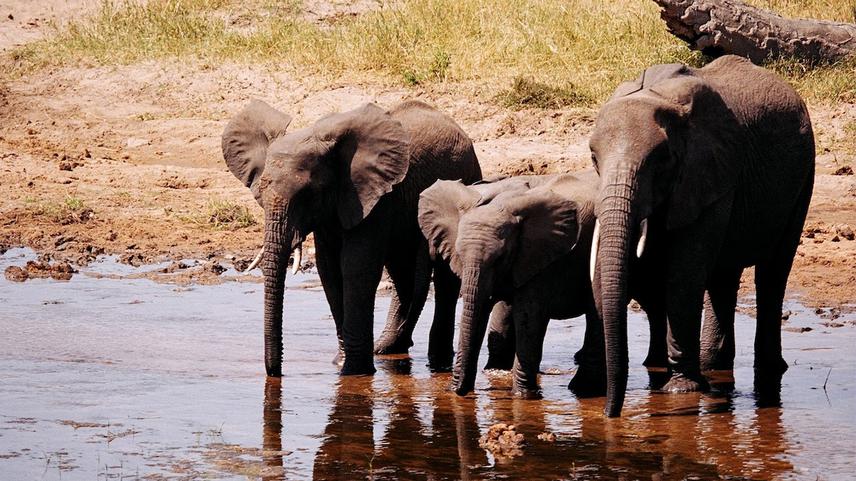Sandy Oduor
Other projects
27 Aug 2019
Assessment of Physiological Stress in African Elephants in the Greater Laikipia/Ewaso Ecosystem, Kenya
19 Apr 2023
Physiological Response of African Elephant to Changing Habitat Conditions, Anthropogenic Disturbance and Social Disruption in Laikipia-Samburu Ecosystem, Kenya
Free-ranging elephants in Kenya face challenges associated with human disturbances, which could negatively impact their biology and behaviour. This study seeks to assess spatiotemporal variation in nutritional and physiological stress of African elephants in both Mpala ranch (private land holding) and Naibung’a Wildlife Conservancy (communal land holding) to address concerns about negative effects of human disturbance on long-term survival. The study will also assess how human disturbance index differs between the two land use systems. Additionally, the study will assess the spatiotemporal distribution of elephants in Naibung’a wildlife Conservancy.

Laikipia County (9,666 Km2), located on the equator of Kenya, is a cosmopolitan county divided into a mosaic of privately, publicly and communally owned ranches. Elephants within Laikipia County inhabits a wide variety of land uses with varying degree of human occupation and distribution. While the negative impacts of human predation (i.e. poaching) and habitat modification on African elephants in the area is widely recognized, the influence of anthropogenic disturbances across a mosaic of land use types on the foraging decisions and subsequently its impacts on both nutritional and physiological stress of African elephants within Laikipia is insufficiently studies.
This study therefore seeks to assess spatiotemporal variation in nutritional and physiological stress of African elephants in both Mpala ranch (private land holding) and Naibung’a Wildlife Conservancy (communal land holding) to address concerns about negative effects of human disturbance on long-term survival. Faecal samples from known individual elephants will be collected within the two land use types for assessment of both nutritional and physiological stress. Data on human activities from the two ranches will be digitized and mapped and human disturbance index for the two land use types will also be assessed.
This study will provide a quantitative assessment of how human disturbance varies across different land use systems and how that may influence both nutritional and physiological stress therein. This is critical information needed to inform on land use planning and policies within wildlife dispersal areas in human occupied landscapes and is particularly relevant to the negative situation with elephants in Kenya.